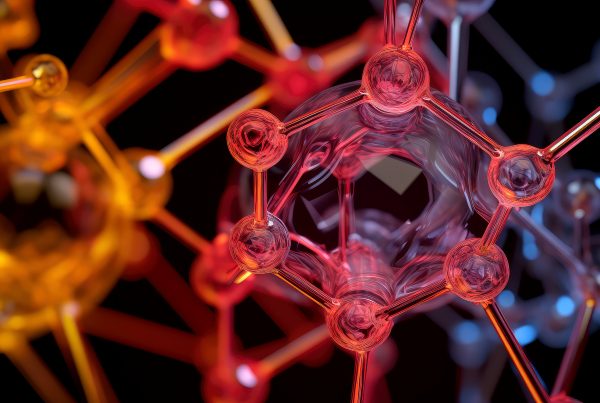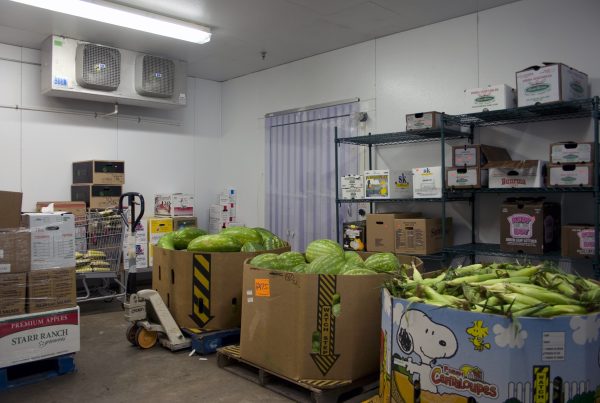A research study at Kettering University in Michigan investigated how to make an open refrigerated display case (like those found in grocery stores) operate more efficiently. The study concluded that raising the temperature setting while lowering the air velocity from the refrigeration would not only provide energy savings, but the food was actually kept cooler.
Lower infiltration [of warm air] means the air is coming out at a lower velocity, said Navaz. “Previously, air came out of the upper vent (or grille) of a specific display case at 90 feet per minute. We calculated the optimal speed as 65 feet per minute as an optimal discharge air velocity to yield lower infiltration rate,” he said.
By reducing the velocity by 30 percent, infiltration was reduced by 12 percent and the power required was reduced by 13 percent.
Increasing the temperature at the discharge air grille by about 1 degree (F) and lowering the velocity of air resulted in lower suction pressure at the compressor inletwhich reduced the compressor usage and therefore less energy consumption.
Infiltration represents 83 percent of the cooling load and is the biggest draw on energy of refrigerated display cases. Less energy use translates into real cost savings to the tune of about $13 million for the state of California alone, according to Navaz.
In addition to energy savings, lowering the pressure on the compressor also extends the life of the compressor and creates more cost savings over the long term.
Click here to read the entire Kettering refrigeration study.



